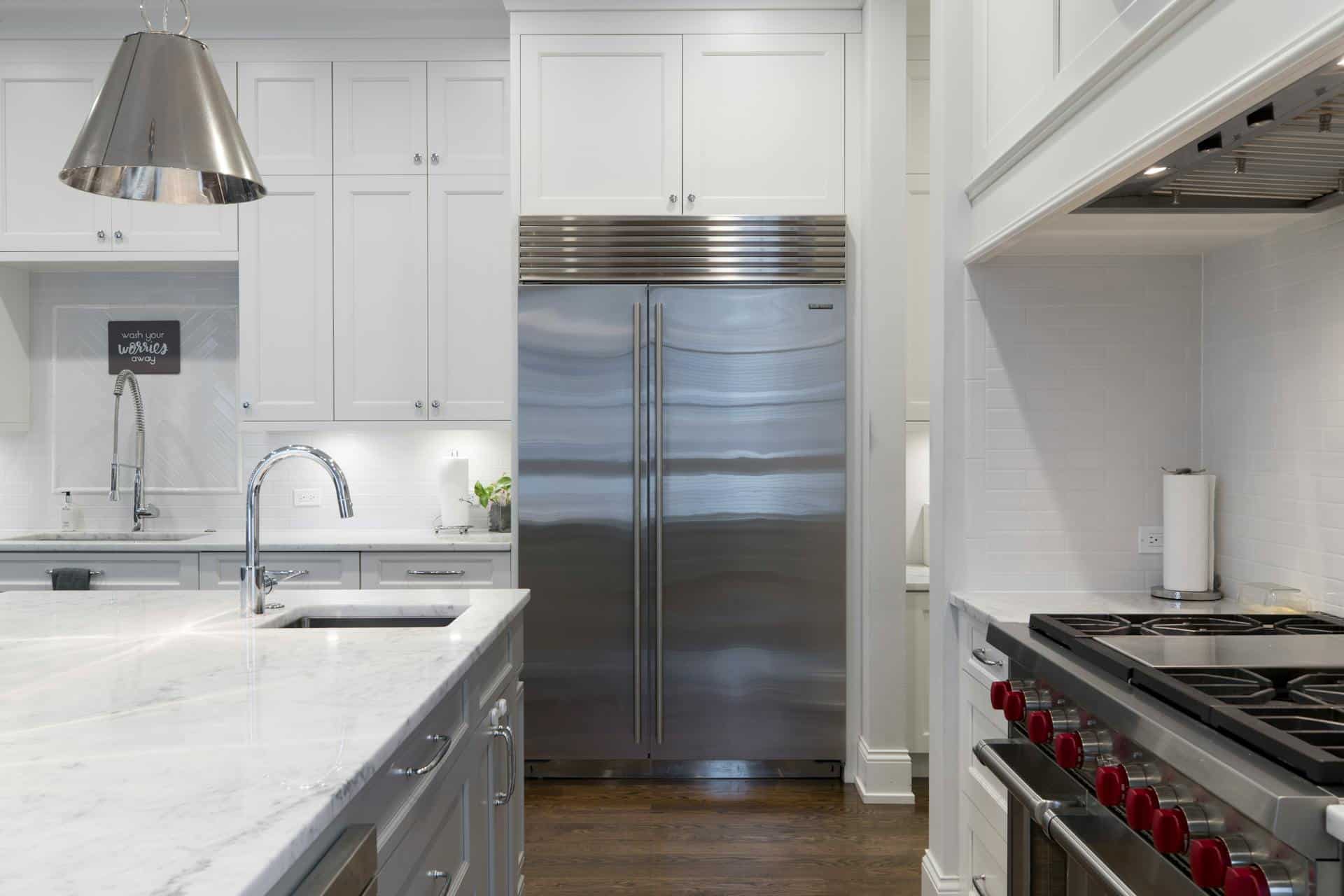
Question: What is the Difference Between a Range Hood and a Vent Hood?
Answer: While both range hoods and vent hoods remove air, their installation and ducting configurations can vary. A vent hood is a specific type of range hood that vents air outside. A range hood can be either ducted or ductless. Both range hoods and vent hoods are designed to remove airborne grease, smoke, odors, and heat generated during cooking.
Range Hoods vs. Vent Hoods
People often use the terms “range hood” and “vent hood” interchangeably. This practice creates confusion. This article clarifies the distinctions between these essential kitchen appliances. We’ll explore their functions, types, and benefits, helping you choose the best option for your cooking needs.
Ventilation Basics
Kitchen ventilation removes airborne grease, smoke, odors, and heat. It improves indoor air quality and protects your kitchen from damage. Effective ventilation contributes to a healthier and more pleasant cooking environment. Different ventilation systems offer varied levels of performance and features.
Proper ventilation prevents grease buildup on surfaces. This buildup creates a fire hazard. A good ventilation system also removes excess moisture. Excess moisture leads to mold and mildew growth. A well-ventilated kitchen stays cleaner and requires less maintenance.
Beyond the practical benefits, good ventilation improves your cooking experience. It eliminates strong cooking smells that linger in your home. A clear, odor-free kitchen makes cooking more enjoyable. You can focus on creating delicious meals without worrying about lingering smells.
Click here for more information on kitchen cabinet refacing near me Toronto
Related Article: Is it Legal To Have a Stove Without a Hood?
Related Article: Do You Need an Electrician To Install a Ductless Range Hood?
Defining Vent Hoods
A vent hood, also known as an exhaust hood, is a specific type of range hood. It vents cooking fumes and pollutants outside your home. A vent hood connects to ductwork that leads to an exterior vent. This ductwork carries the captured air out of your kitchen and home. Vent hoods provide the most effective form of kitchen ventilation.
Vent hoods prevent moisture buildup, reducing the risk of mold growth. They eliminate odors quickly and efficiently, leaving your kitchen smelling fresh. Because they expel the air completely, they are the best option for removing strong cooking odors and smoke.
Vent hoods are available in various styles, sizes, and ventilation capacities. You can choose a model that fits your cooking style and kitchen design. They typically offer higher airflow rates than ductless range hoods, making them suitable for high-heat cooking and large kitchens.
Key Differences: Venting vs. Ductless
The main difference between a range hood and a vent hood lies in their venting methods. A vent hood exhausts air outdoors through ductwork. A range hood can be either ducted (a vent hood) or ductless. A ductless range hood filters the air and recirculates it back into the kitchen.
Ductless range hoods use filters to capture grease and odors. These filters require regular cleaning or replacement. Ductless hoods are easier to install than vented hoods. They don’t require ductwork. They are a suitable choice for kitchens where installing ductwork is difficult or impossible.
Vented hoods offer superior ventilation performance. They completely remove cooking byproducts from the kitchen. This makes them ideal for serious cooks or those who frequently cook with strong-smelling ingredients. Vented hoods require professional installation to ensure proper ductwork setup.
Choosing the Right Hood for You
Consider several factors when choosing between a ducted (vented) range hood and a ductless range hood. Think about your cooking style, kitchen layout, and budget. If you cook often or with strong-smelling ingredients, a vented hood provides the best performance. If ductwork installation isn’t feasible, a ductless hood offers a practical alternative.
Measure your cooktop or range to determine the appropriate hood size. Choose a hood with sufficient ventilation power for your cooking needs. The hood’s airflow is measured in cubic feet per minute (CFM). A higher CFM rating indicates stronger ventilation. Consider features like lights, timers, and variable speed settings.
Selecting the right hood improves your kitchen’s air quality, cleanliness, and overall enjoyment. Research different models and brands to find the perfect fit for your kitchen. A good ventilation system is a valuable investment in your home and your health. Consult a professional for advice and installation if needed.
Conclusion
The terms “range hood” and “vent hood” are often used interchangeably. However, they refer to different types of kitchen ventilation systems. A vent hood is a specific type of range hood that vents air outside. A range hood can be either ducted or ductless.
Understanding the difference between range hoods and vent hoods empowers you to make an informed decision. Choose the best ventilation solution for your specific needs and create a healthier, more enjoyable cooking environment.

Blue Malue Get in touch with Blue here.
